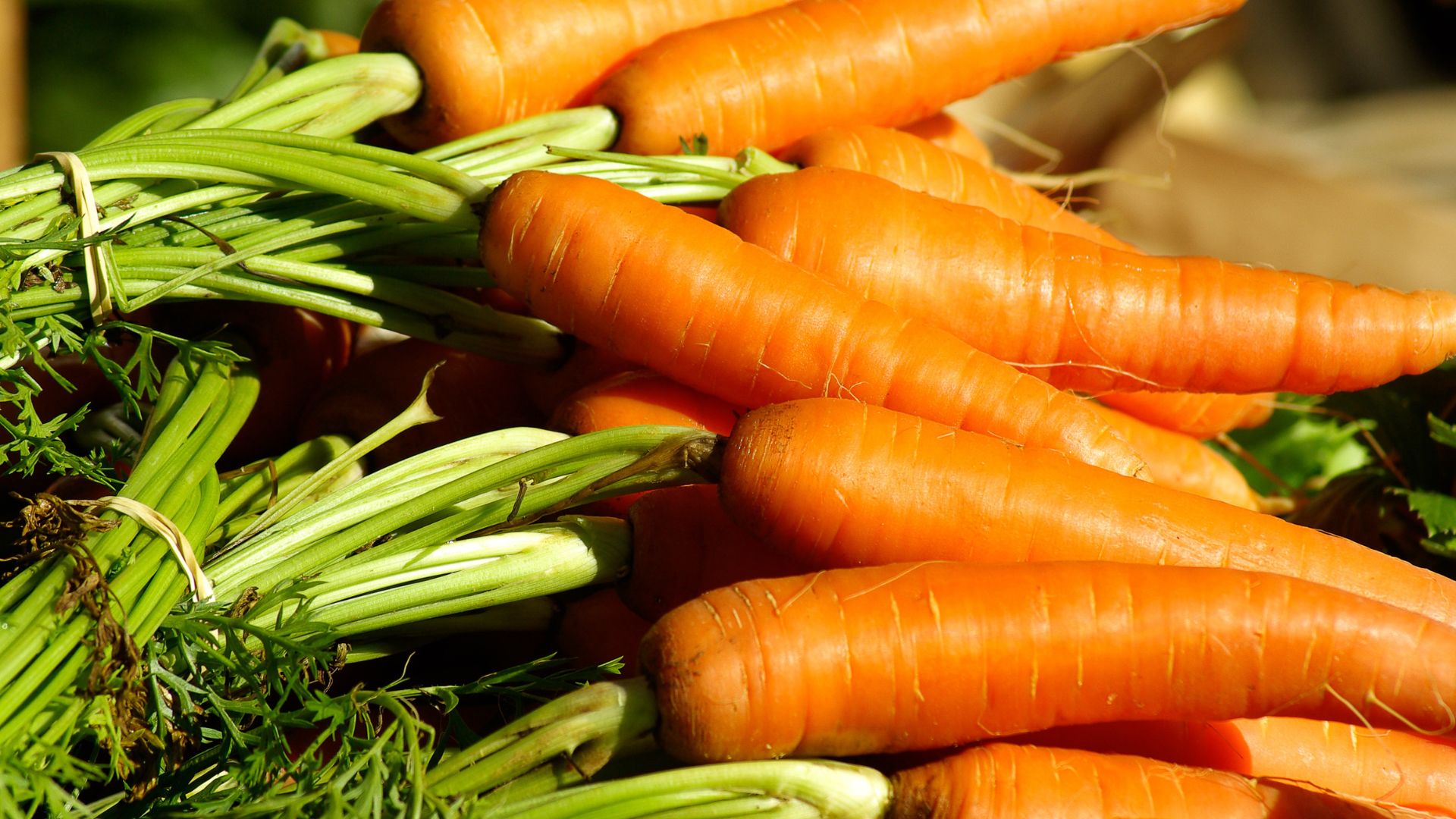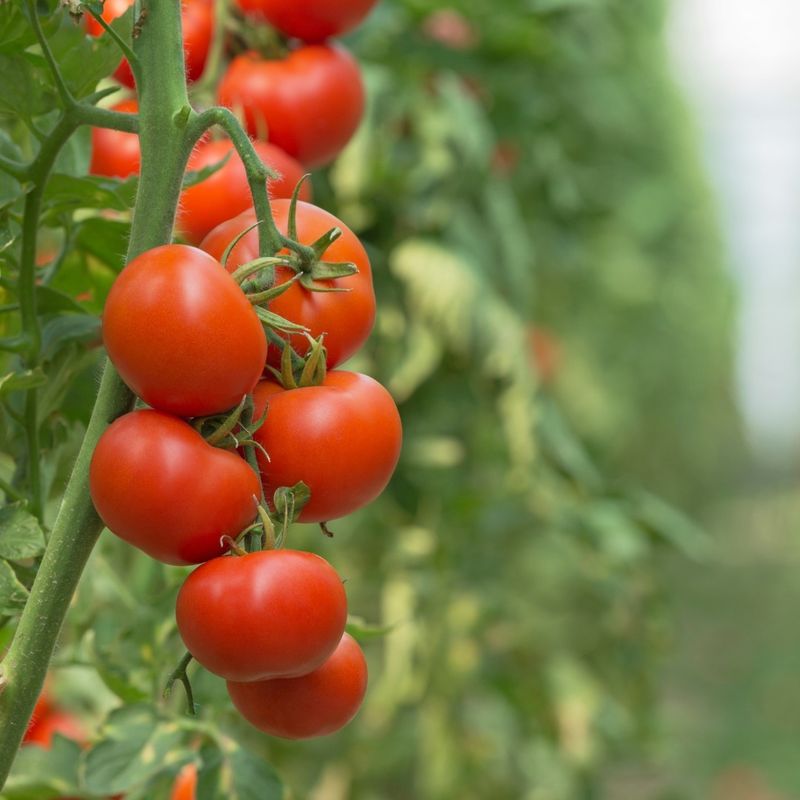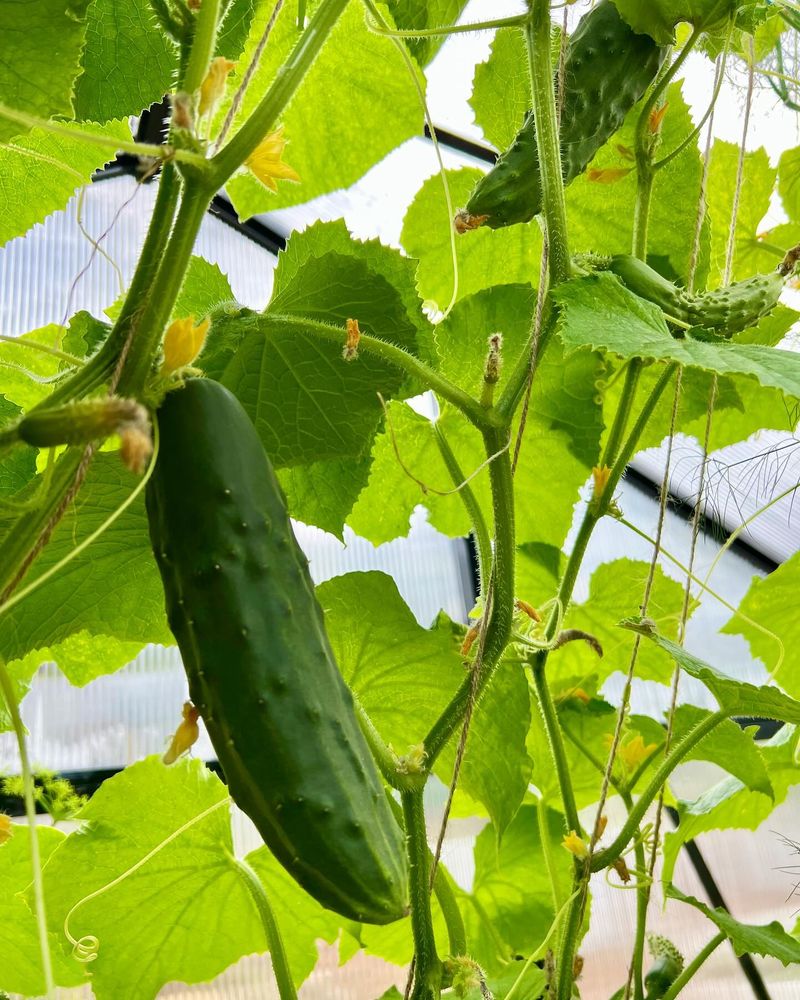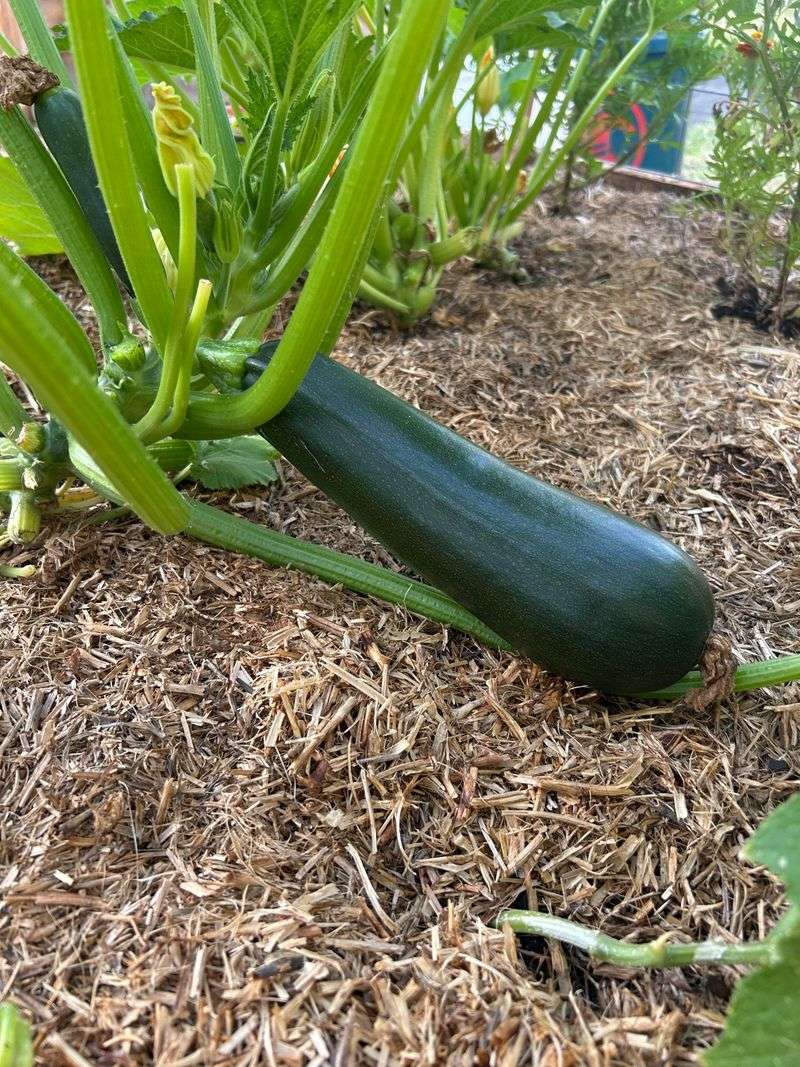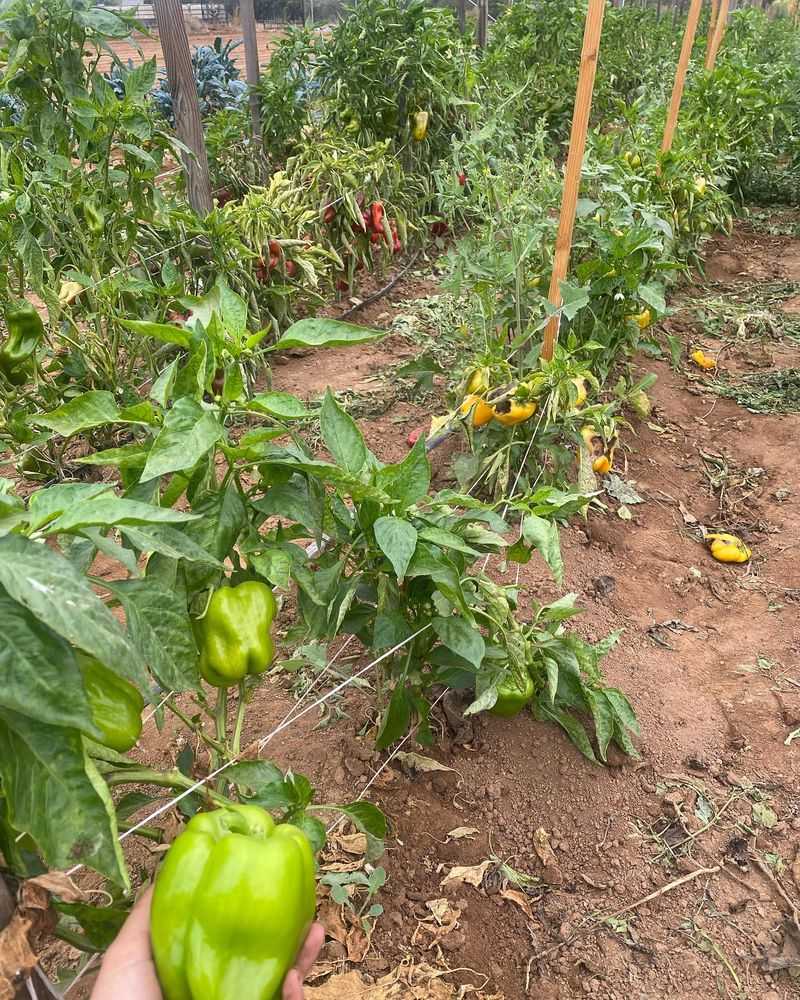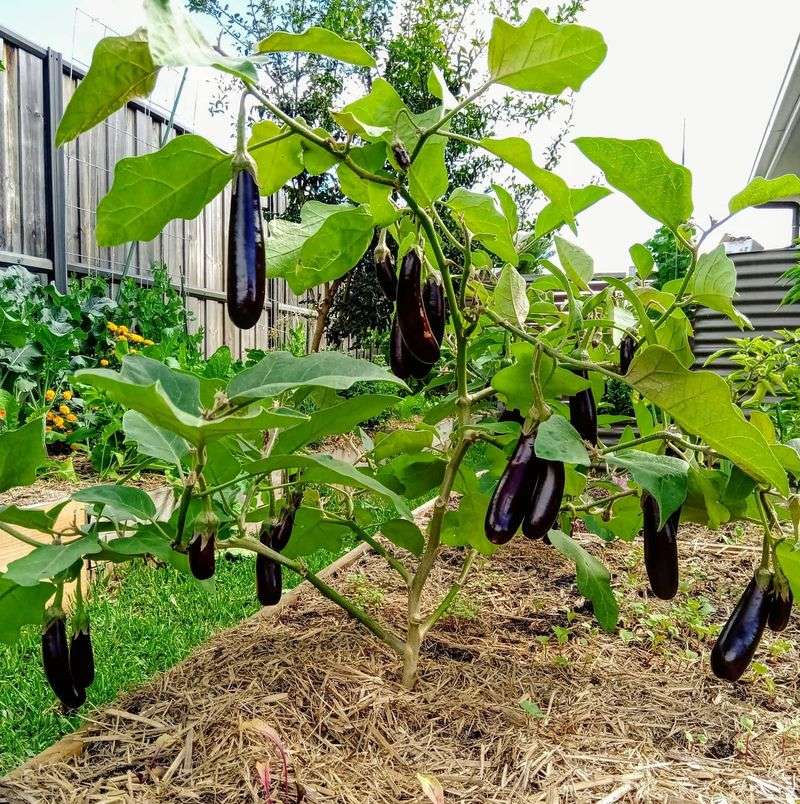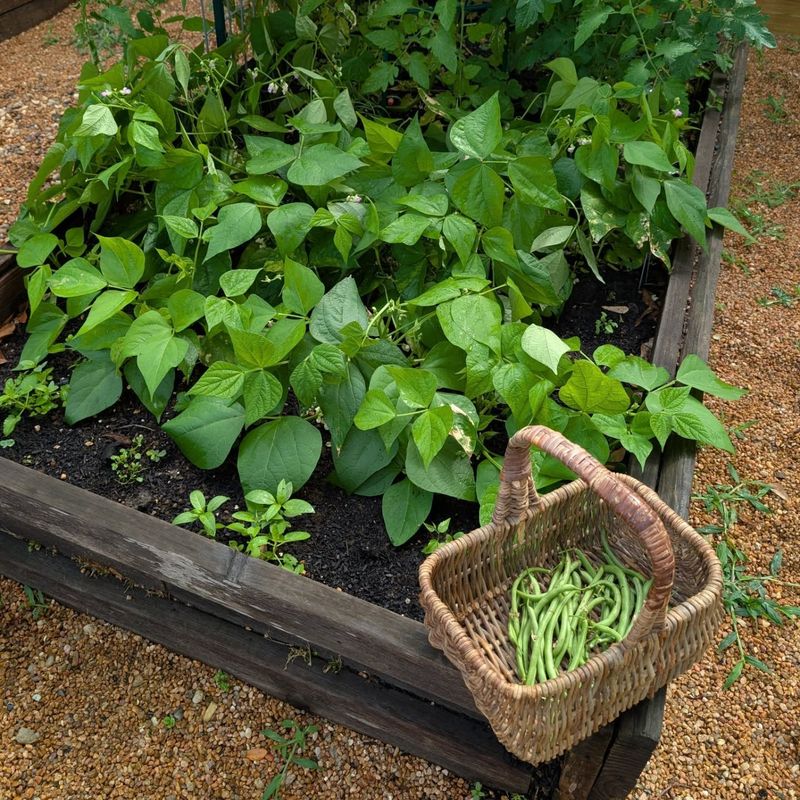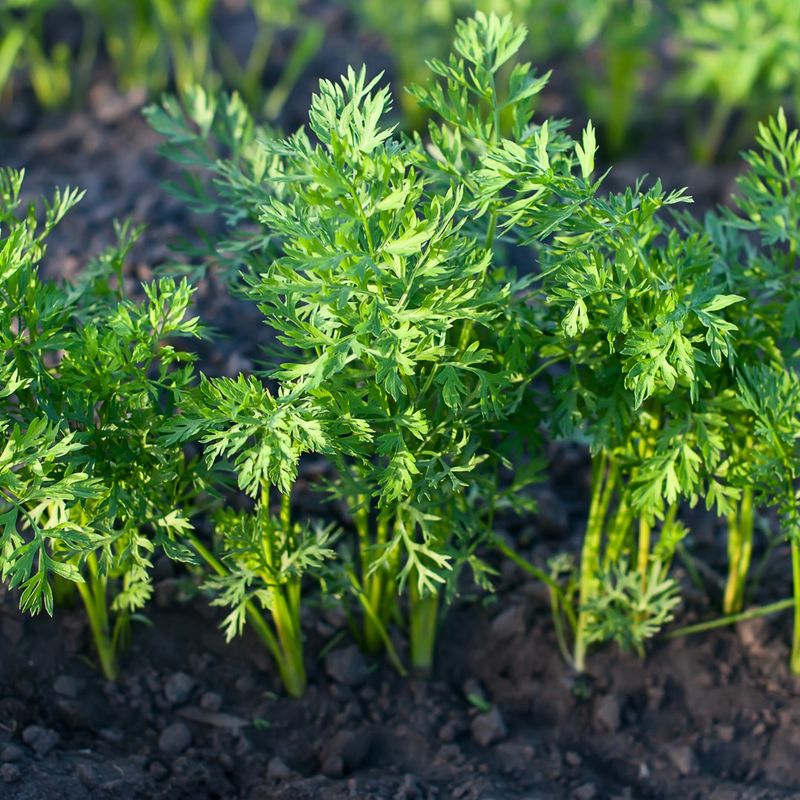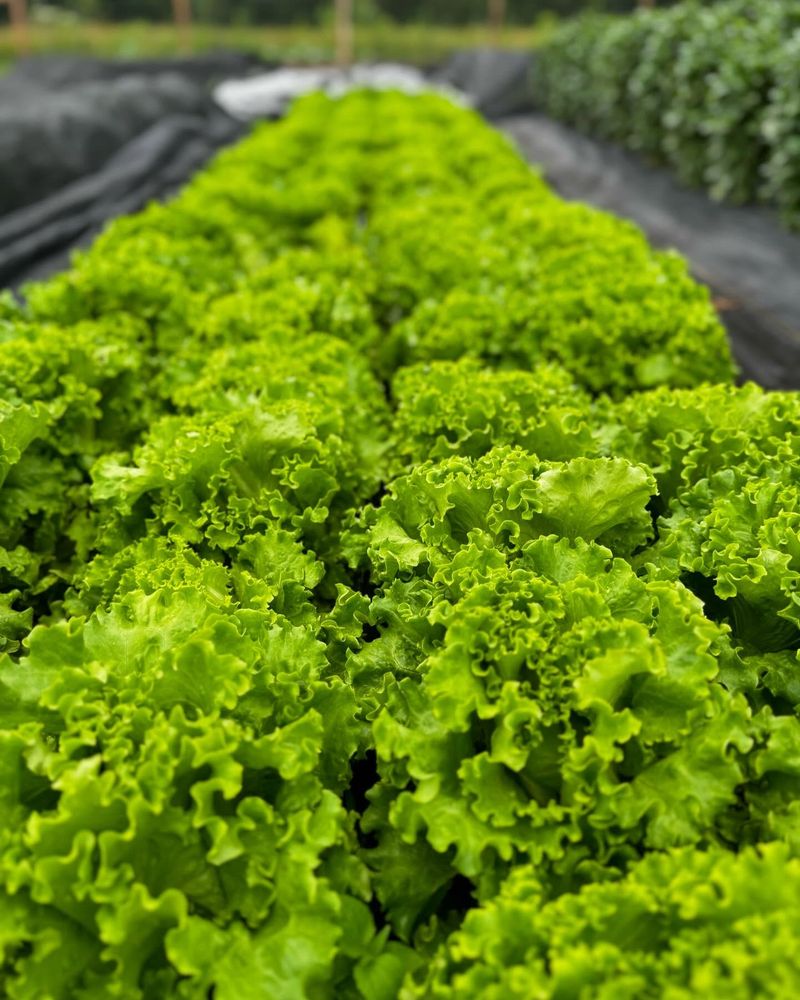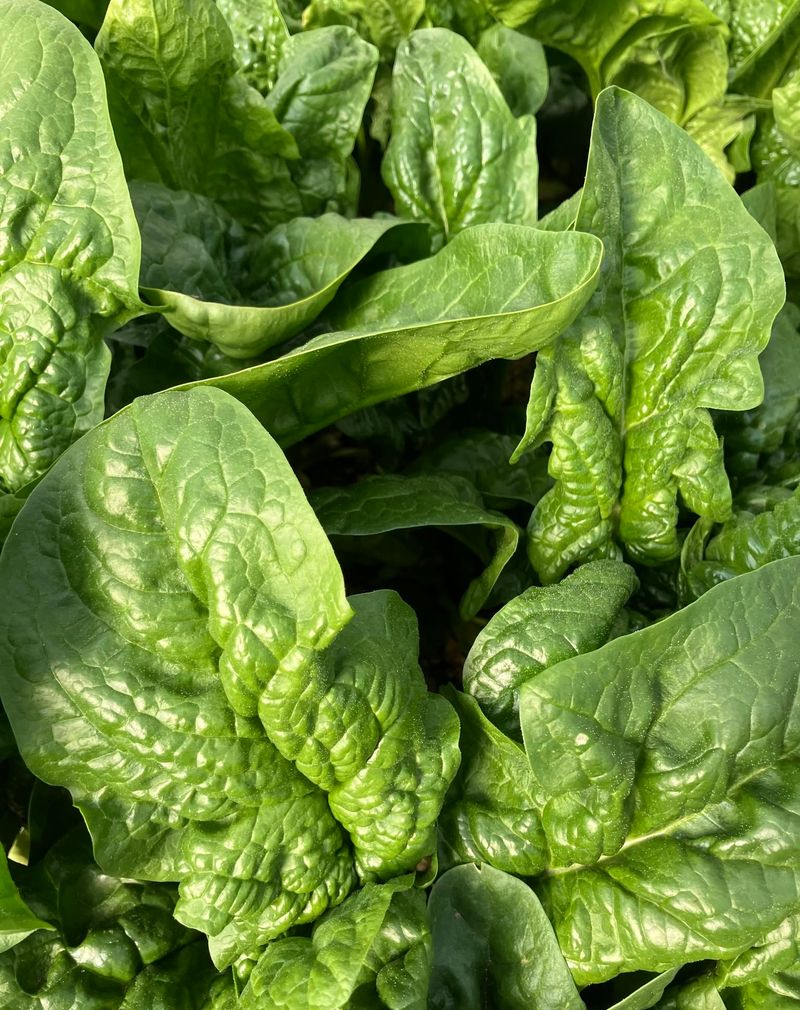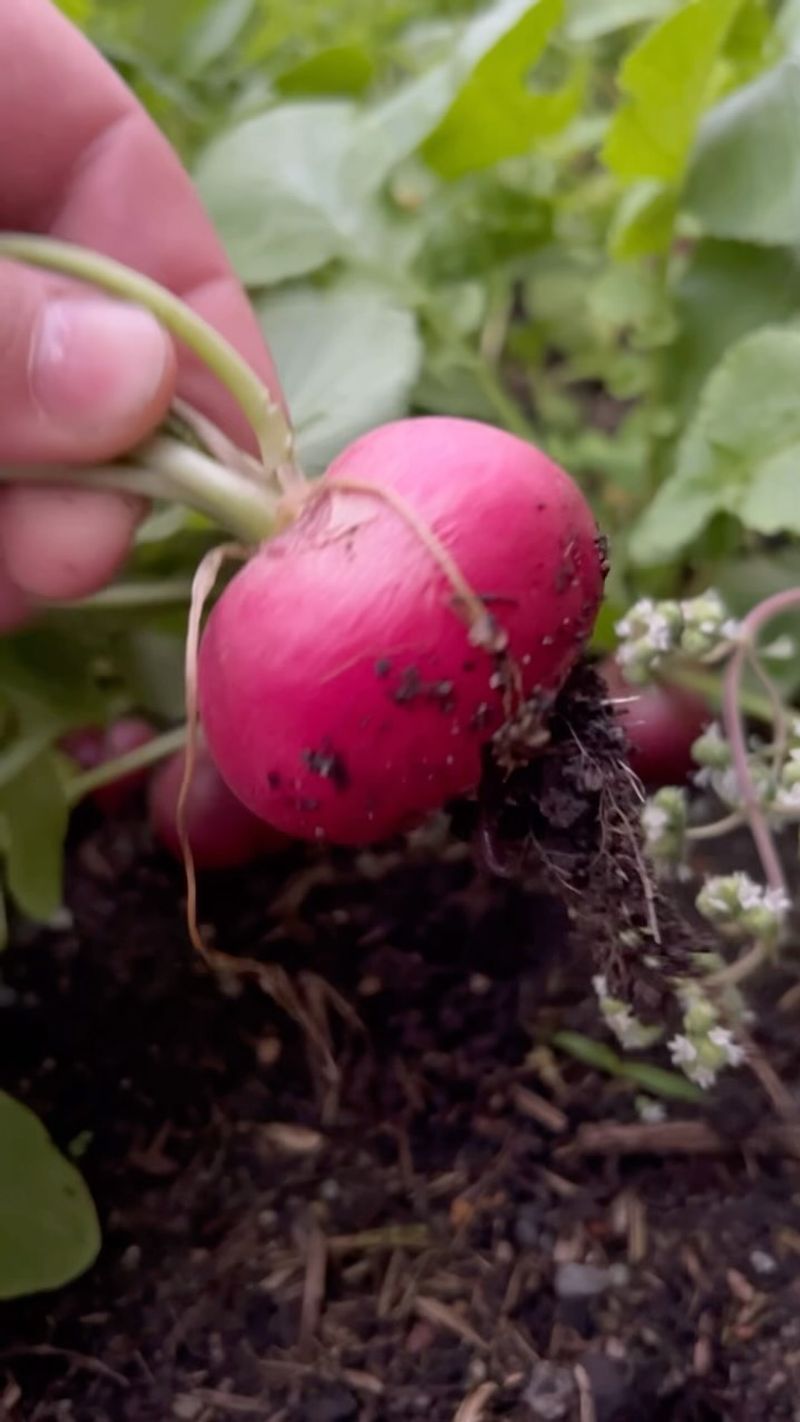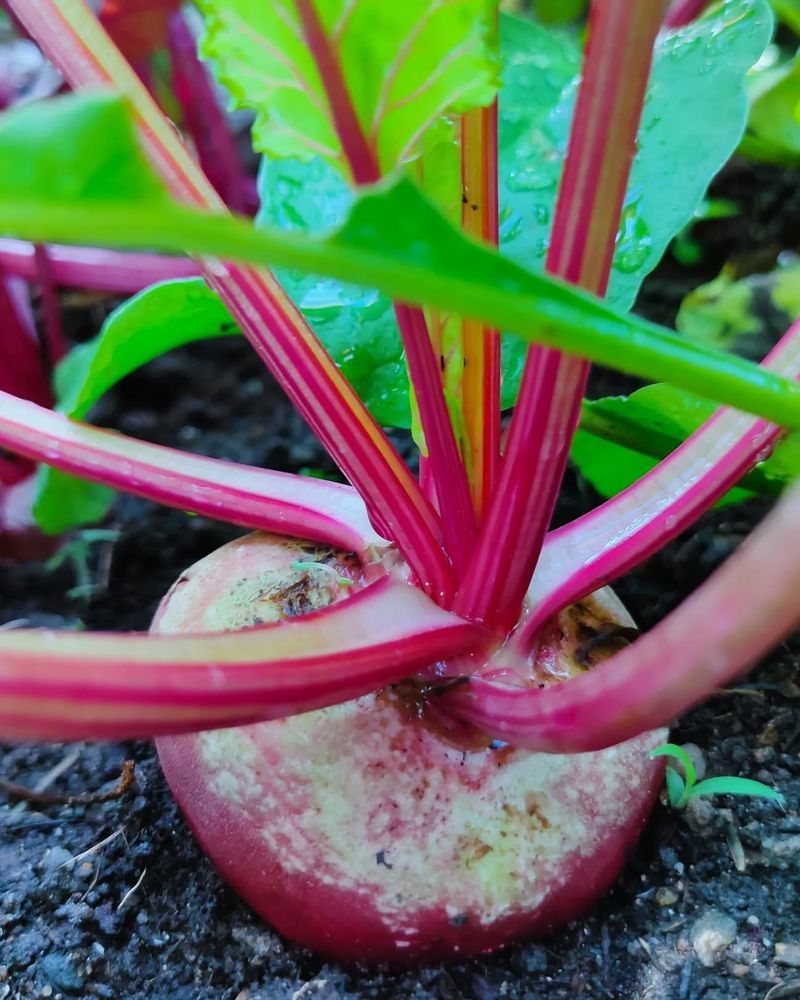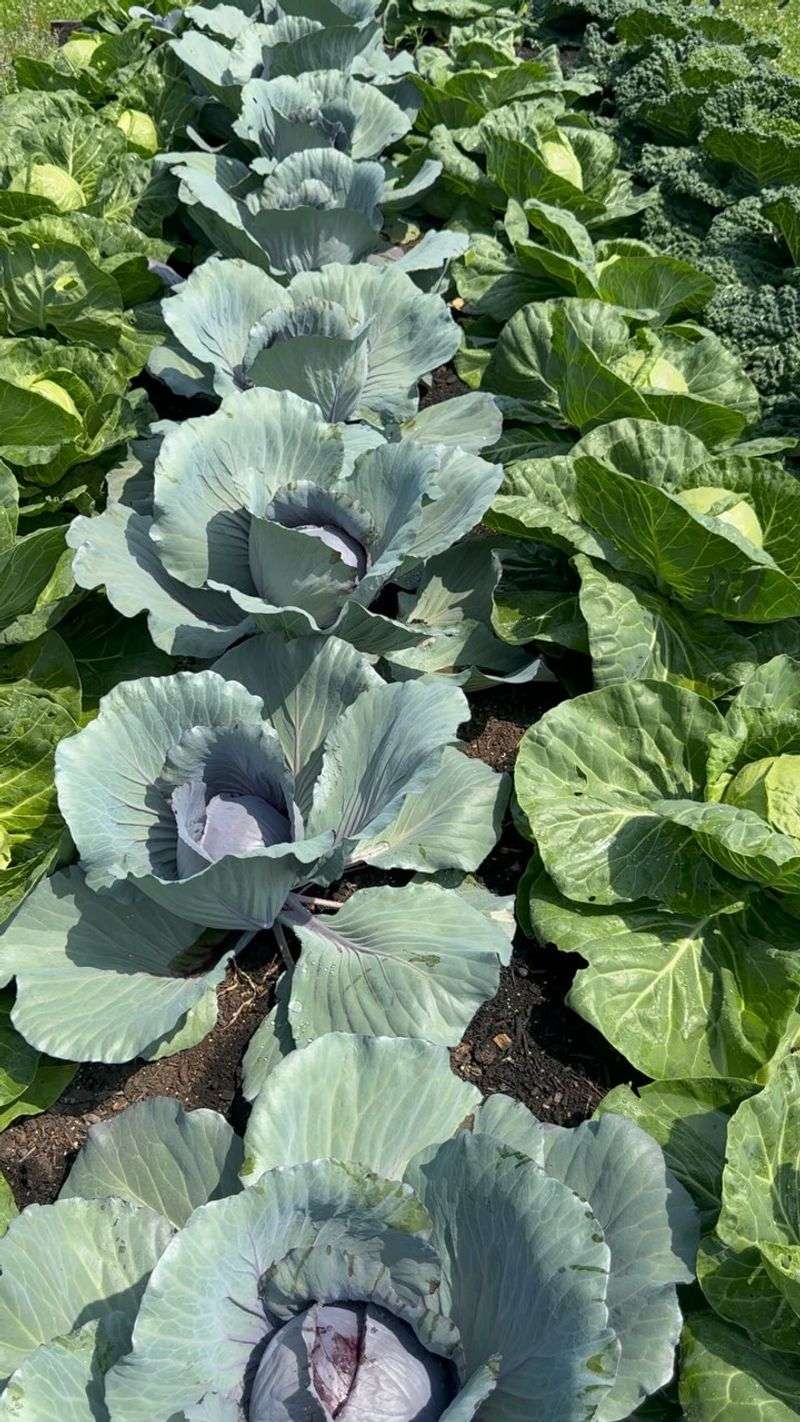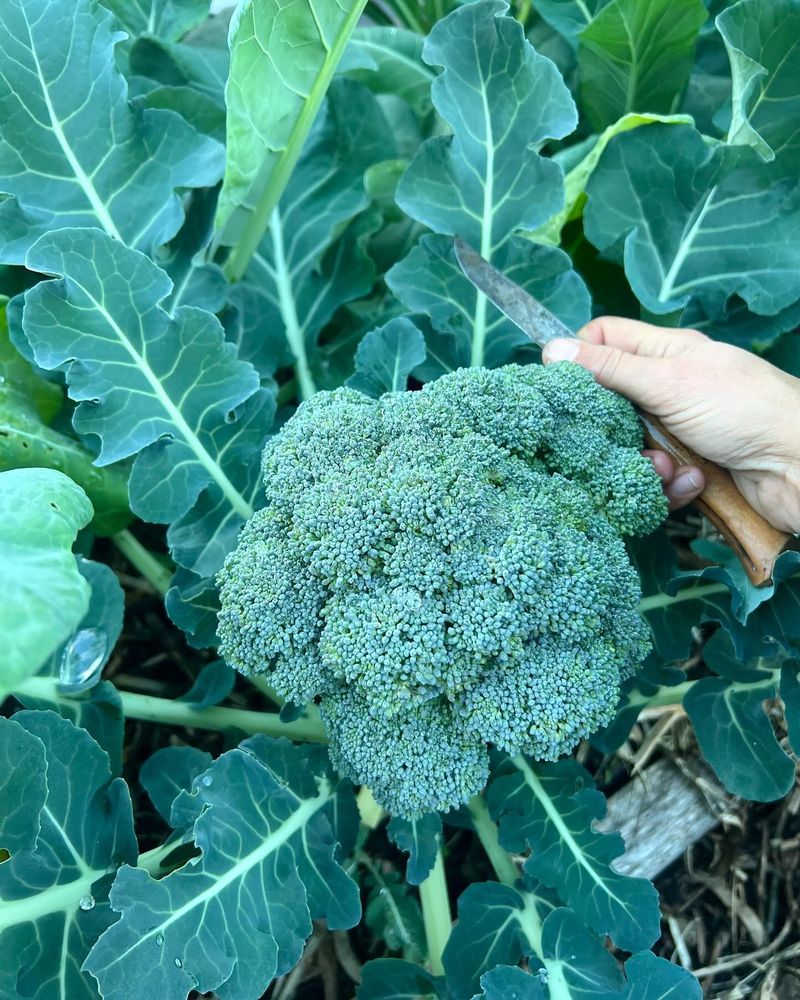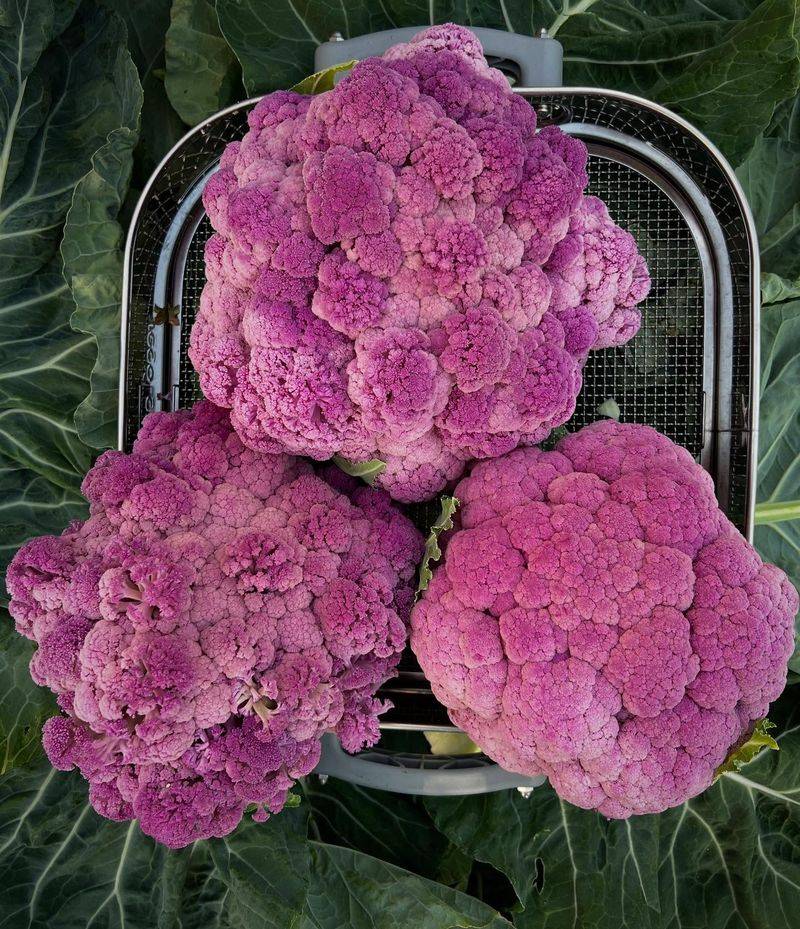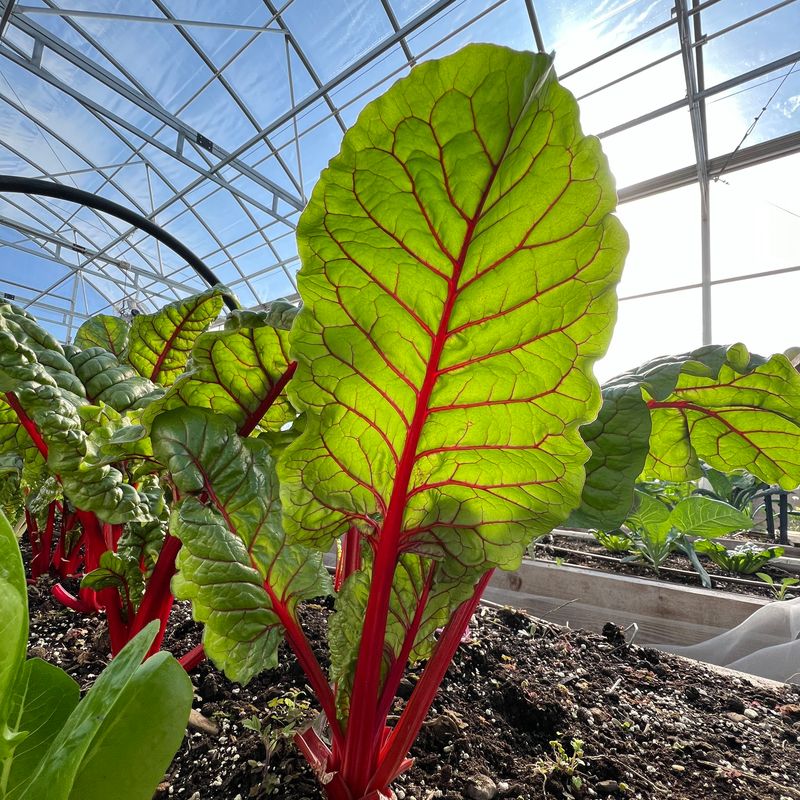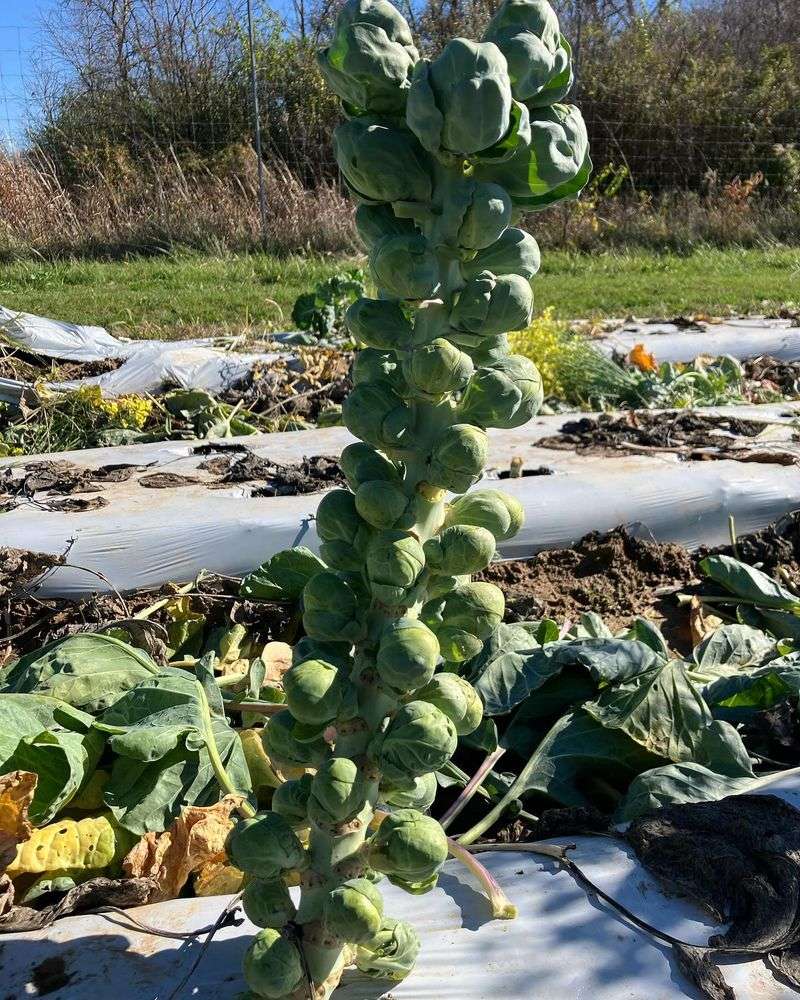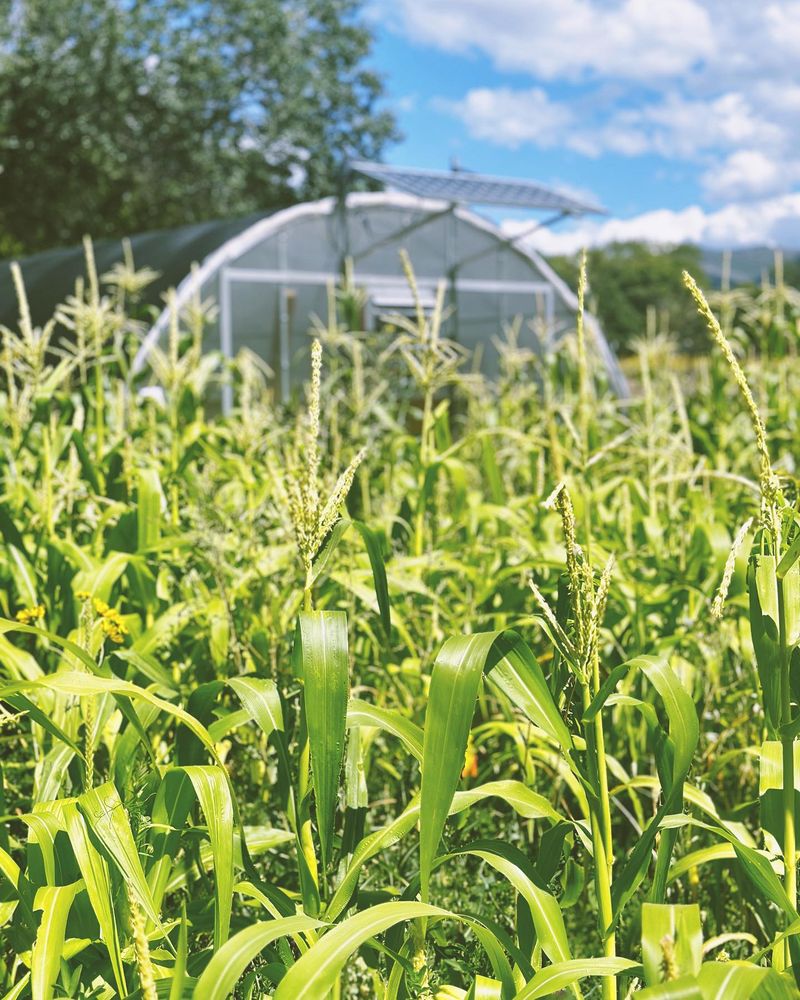May always feels like a fresh start in the garden, doesn’t it? The soil has finally warmed up, the days are getting longer, and everything seems to be waking up with new energy—including us gardeners. It’s the perfect window to get those summer veggies in the ground.
If you’re anything like me, choosing what to plant in May is a mix of excitement and a little bit of strategy. You want crops that will take full advantage of the season—ones that love the heat, grow quickly, and reward you with plenty of deliciousness. This is the month to set yourself up for a truly bountiful summer.
So, here are some of the vegetables that are not just May-friendly but practically beg to be planted now. These picks are favorites that will thrive with just a bit of care—and fill your table with garden-fresh meals all summer long.
1. Tomatoes
Tomatoes love the warmth and require plenty of sunlight to flourish. Plant them in well-drained soil, ensuring they have plenty of space to grow. Keep them supported with stakes or cages to prevent the stems from breaking under the weight of the tomatoes.
Water them regularly, but avoid wetting the leaves to prevent diseases. Fertilize with a balanced solution to promote healthy growth. As the tomatoes begin to ripen, ensure you pick them regularly to encourage more fruiting.
Tomatoes are susceptible to pests like aphids, so keep an eye out and treat them as necessary for the best yield.
2. Cucumbers
These thrive in warm, sunny conditions and well-drained soil. Plant them in an area where they can climb, like a trellis, to save space and increase air circulation, which helps prevent diseases.
Ensure consistent watering, especially during flowering and fruiting, but avoid waterlogged soil. Mulch around the plants to maintain soil moisture and temperature.
Keep an eye out for cucumber beetles, which can be controlled with organic neem oil or insecticidal soap. Harvest cucumbers regularly; this encourages the plant to produce more fruit throughout the season.
3. Zucchini
Zucchini is a prolific summer squash that loves the sun and warm temperatures. Plant them in well-draining soil with plenty of compost to support their rapid growth.
Water consistently, especially during dry spells, to keep the soil moist but not soggy. Regular harvesting of zucchini when they’re about 6 inches long will encourage more fruit production.
Watch for powdery mildew on leaves, especially in humid conditions. You can prevent this with proper spacing and air circulation. Zucchini is generally pest-resistant, making it a great option for beginners.
4. Bell Peppers
These need plenty of heat and sunlight to produce sweet, crisp fruit. Plant them in rich, well-drained soil and provide a balanced fertilizer to support their growth.
Water regularly but avoid over-watering as peppers do not like wet feet. Mulching can help retain soil moisture and suppress weeds.
Peppers are susceptible to blossom end rot, so ensure consistent watering and calcium availability in the soil. Harvest them when they reach the desired size and color, starting with green peppers for a milder flavor.
5. Eggplants
Eggplants require warm soil and lots of sunlight to grow strong and healthy. They prefer well-drained soil enriched with compost.
Water them deeply and regularly, especially in dry periods, to keep the soil consistently moist. Use stakes or cages to support the plants as they grow heavy with fruit.
Flea beetles can be a problem for eggplants, so consider using floating row covers to protect them. Harvest eggplants when the skin is shiny and firm to the touch for the best taste.
6. Bush Beans
Easy to grow and do not require staking. Plant them in well-drained, fertile soil with full sun exposure for best results.
Water consistently to keep soil moist, but avoid soggy conditions. Beans have a shallow root system, so be gentle when weeding around them.
Watch for signs of pests like aphids and treat with insecticidal soap if needed. Harvest beans when the pods are firm and snap easily, encouraging the plant to produce more pods throughout the growing season.
7. Carrots
These need loose, sandy soil to grow straight and long. Avoid clay-heavy soils which can hinder growth. Plant seeds thinly in rows and keep the soil moist.
Thin seedlings to prevent overcrowding and ensure the roots have space to develop properly. Regular watering is crucial, especially during dry spells, to prevent the roots from becoming woody.
Protect carrots from carrot flies by using floating row covers. Harvest when they reach the desired size, pulling gently to avoid breaking the roots.
8. Lettuce
This one thrives in cooler temperatures and can be planted early in May for a summer harvest. Choose a spot with partial shade to protect it from extreme heat.
Water consistently to maintain soil moisture and consider using a shade cloth during hot spells to prevent bolting. Lettuce appreciates rich, well-drained soil.
Keep an eye out for slugs, which can be managed with deterrents like copper tape or organic slug pellets. Harvest leaves as needed for salads, ensuring a continuous supply throughout the season.
9. Spinach
Spinach prefers cooler temperatures and can bolt in the heat, so plant it early in May in a shaded area. It thrives in well-drained, nutrient-rich soil.
Water regularly to maintain consistent moisture, as dry conditions can lead to bolting. Mulching can help retain soil moisture and suppress weeds.
Spinach is relatively disease-resistant, but keep an eye out for leaf miners. Harvest leaves from the outside for a continuous yield and to encourage new growth.
10. Radishes
Quick-growing root vegetables that mature in about 4 weeks. Plant them in loose, well-drained soil to allow the roots to develop fully.
Keep the soil consistently moist, especially in the early stages, to prevent the roots from becoming woody. Thin seedlings to avoid overcrowding.
Watch for flea beetles, which can damage leaves. Use floating row covers for protection. Harvest radishes when they’re about the size of a marble for the best flavor and texture.
11. Beets
Beets are versatile and can be planted in May for a summer harvest. They prefer loose, well-drained soil with a neutral pH.
Water consistently to keep the soil moist, which helps the roots grow evenly. Thin seedlings to allow enough space for the roots to mature.
Watch out for leaf miners and use row covers to protect young plants. Harvest beets when they’re about 2 inches in diameter for the best flavor and tenderness.
12. Cabbage
This one grows best in cool weather and can be planted in May for a summer harvest. Choose a sunny spot with well-drained, fertile soil.
Water regularly and keep soil consistently moist to prevent splitting. Mulching can help retain moisture and suppress weeds.
Protect cabbage from cabbage worms by using row covers or organic pesticides. Harvest when the head is firm, cutting it at the base with a sharp knife.
13. Broccoli
It thrives in cool weather, so plant it in May for a successful summer harvest. It requires rich, well-drained soil and full sun.
Water regularly to keep the soil moist, especially during head formation. Apply mulch to retain moisture and reduce weed growth.
Watch for pests like cabbage worms and aphids. Use netting or organic treatments to protect the plants. Harvest broccoli when the heads are firm and tight, before the flowers open.
14. Cauliflower
This one prefers cooler temperatures and can be planted in May. It grows best in fertile, well-drained soil with full sun to partial shade.
Water consistently, especially during dry periods, to keep the soil evenly moist. Use mulch to help retain moisture and prevent weeds.
Watch for pests like cabbage loopers and treat with organic methods. Harvest when the head is firm and white, cutting it at the base with a sharp knife.
15. Swiss Chard
A hardy leafy green that can be planted in May for a bountiful harvest throughout the summer. It thrives in well-drained soil with full sun.
Water regularly to keep the soil moist, especially during dry spells. Mulching helps retain moisture and suppress weeds.
Watch for aphids and treat with insecticidal soap if necessary. Harvest leaves as needed, starting from the outside, to encourage continuous growth.
16. Brussels Sprouts
These grow best in cool weather and can be planted in May. They require rich, well-drained soil and full sun.
Water consistently, particularly during sprout formation, to keep the soil moist. Mulch helps conserve moisture and reduce weed competition.
Protect from pests like aphids and cabbage worms with organic treatments. Harvest sprouts when they are firm and about 1-2 inches in diameter, starting from the bottom of the stalk.
17. Corn
This is a warm-season crop that needs full sun and well-drained soil. Plant in blocks rather than rows to ensure good pollination.
Water consistently, especially during the flowering stage, to support kernel development. Fertilize with a nitrogen-rich solution to boost growth.
Watch for pests such as corn earworms and use traps or organic pesticides to control them. Harvest corn when the kernels are plump and milky for the best taste.
18. Peas
Peas thrive in cooler temperatures and can be planted in early May. They prefer well-drained soil and a sunny spot.
Provide support with a trellis to keep vines upright and aid in air circulation. Water consistently to maintain soil moisture, especially during flowering and pod formation.
Watch for powdery mildew and treat with organic solutions if necessary. Harvest peas when the pods are full for the sweetest flavor.

